Supportive Regulatory Framework
A supportive regulatory framework is essential for the growth of the Vagal Nerve Stimulation Market (VNS) Market. Regulatory bodies are increasingly recognizing the therapeutic potential of VNS, leading to streamlined approval processes for new devices and therapies. This regulatory support encourages innovation and investment in VNS technology, facilitating the entry of new players into the market. As more products gain regulatory approval, the VNS Market is expected to expand, providing patients with a wider array of treatment options. The favorable regulatory environment is likely to enhance competition and drive advancements in VNS therapies.
Technological Innovations in VNS Devices
Technological advancements in Vagal Nerve Stimulation Market (VNS) devices are significantly influencing the VNS Market. Innovations such as miniaturized devices, improved battery life, and enhanced programming capabilities are making VNS therapy more accessible and effective. These advancements not only improve patient outcomes but also increase the appeal of VNS therapy among healthcare providers. The introduction of new features, such as remote monitoring and personalized stimulation settings, is expected to drive market growth. As the technology continues to evolve, the VNS Market is likely to see an influx of new products that cater to diverse patient needs.
Growing Investment in Neuromodulation Research
The increasing investment in neuromodulation research is a significant driver for the Vagal Nerve Stimulation Market (VNS) Market. Research institutions and private companies are allocating substantial resources to explore the potential of VNS in treating various conditions beyond epilepsy and depression, such as chronic pain and obesity. This influx of funding is likely to accelerate the development of new applications for VNS technology, thereby expanding the market. As research yields promising results, the VNS Market may experience a surge in demand, as healthcare providers seek to implement these innovative therapies in clinical practice.
Rising Awareness and Acceptance of VNS Therapy
There is a notable increase in awareness and acceptance of Vagal Nerve Stimulation Market (VNS) therapy among both healthcare professionals and patients. Educational initiatives and clinical studies highlighting the efficacy of VNS in treating various conditions have contributed to this trend. As a result, more patients are being referred for VNS therapy, which is reflected in the growing market size. The VNS Market is projected to witness substantial growth, with estimates suggesting a compound annual growth rate of over 10% in the coming years. This heightened awareness is crucial for driving adoption rates and expanding the market.
Increasing Prevalence of Neurological Disorders
The rising incidence of neurological disorders, such as epilepsy and depression, is a primary driver for the Vagal Nerve Stimulation Market (VNS) Market. As more individuals are diagnosed with these conditions, the demand for effective treatment options increases. According to recent estimates, approximately 50 million people worldwide suffer from epilepsy, and around 264 million individuals experience depression. This growing patient population necessitates innovative therapies, including VNS, which has shown promise in managing treatment-resistant cases. The VNS Market is likely to expand as healthcare providers seek to incorporate advanced treatment modalities to address these pressing health challenges.
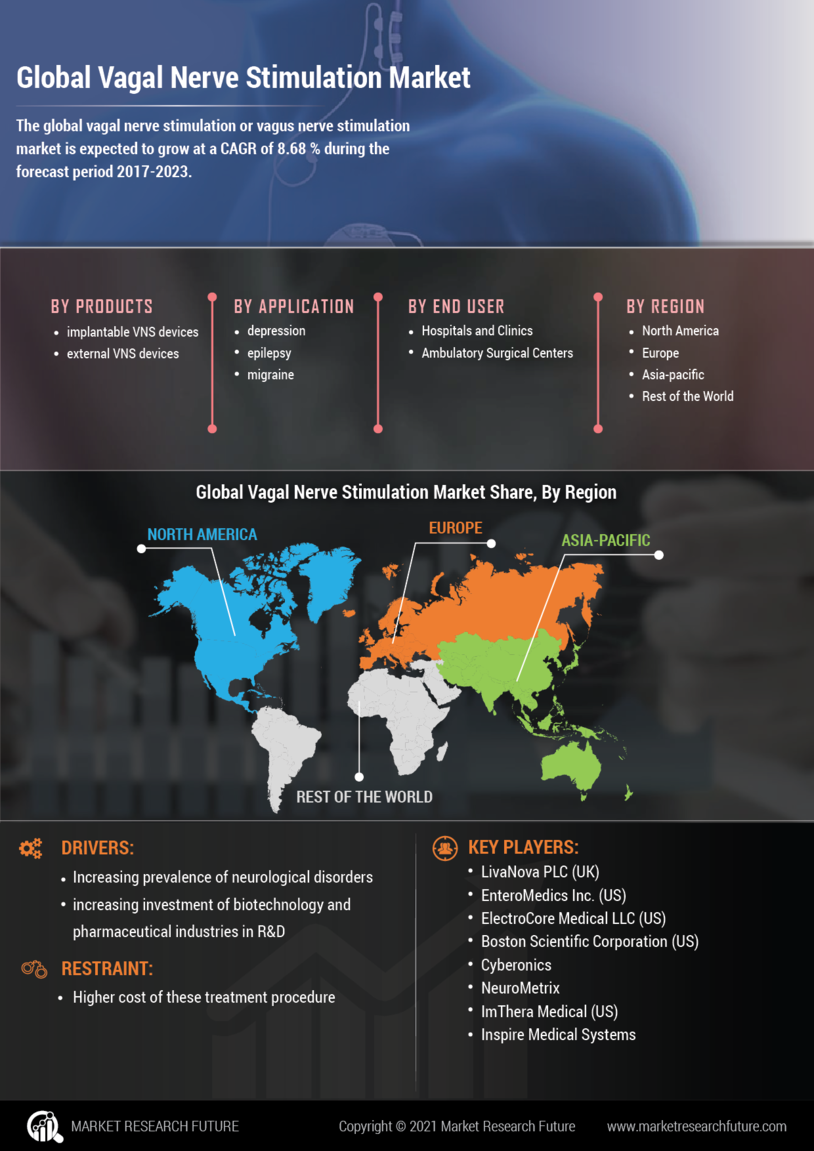

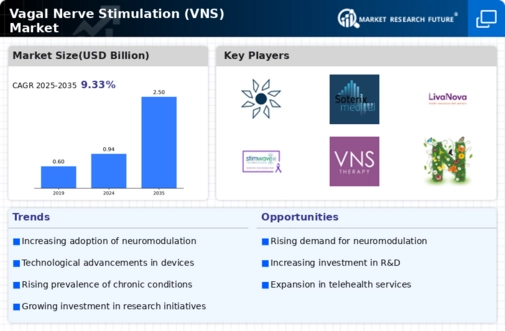
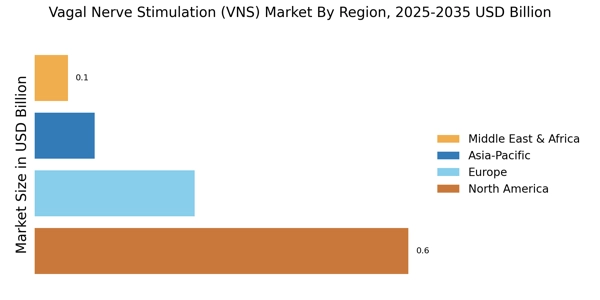
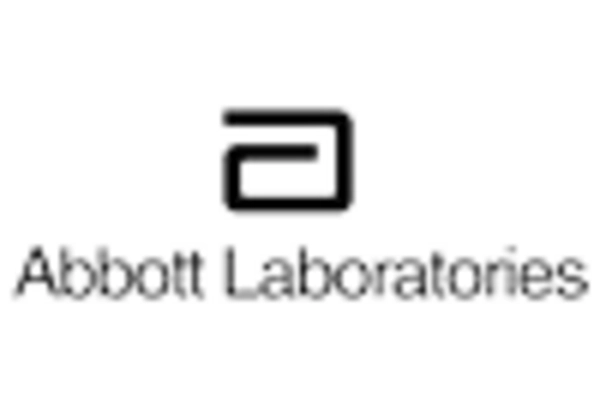

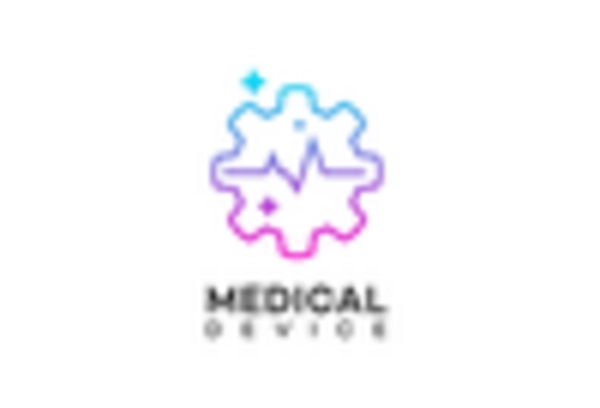
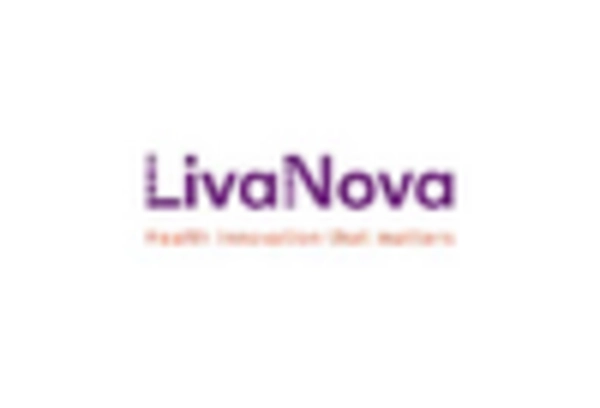

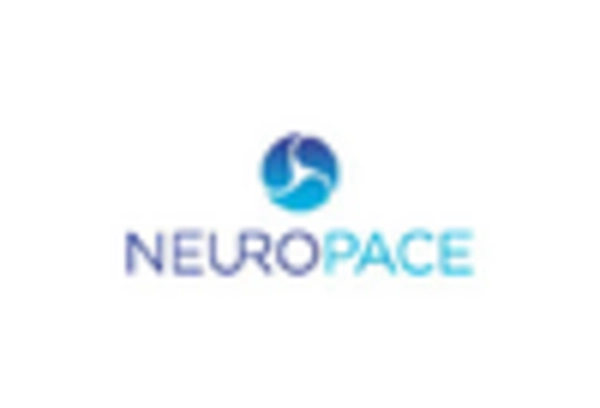








Leave a Comment